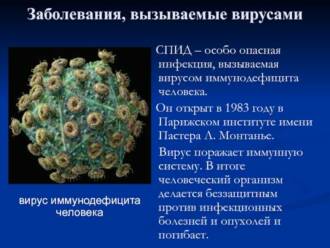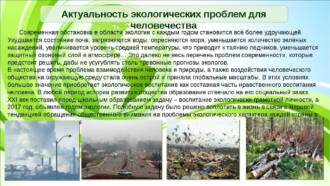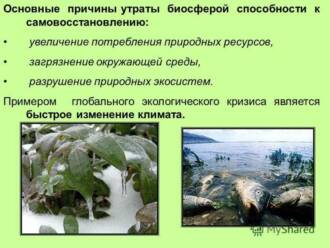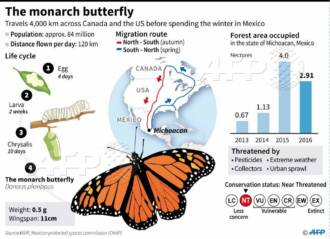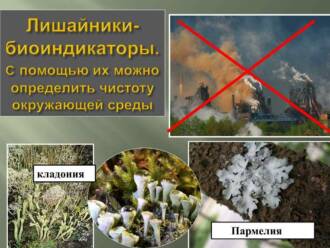
Butterflies are one of the most beautiful and delicate creatures on our planet. They play an important role in the ecosystem, fulfilling their function as plant pollinators. However, environmental pollution by chemicals seriously threatens their lives and can have long-term effects on their population.
One of the main sources of environmental pollution is industrial emissions and the use of pesticides in agriculture. Chemicals such as pesticides, herbicides and insecticides end up in waterways, soil and air, negatively affecting butterflies.
One of the effects of environmental pollution on butterflies is the deterioration of their habitats. Chemicals entering the soil and water can lead to the loss of food plants and the destruction of their nesting sites. This can lead to a decrease in the butterfly population and even to their extinction in some regions.
In addition, chemicals can negatively affect the butterfly itself. They can lead to disruption of her reproductive function, changes in her physiological processes and a decrease in her immunity. This makes butterflies more vulnerable to disease and parasites, which can lead to additional mortality and population decline.
Effects of environmental pollution from chemicals on butterflies
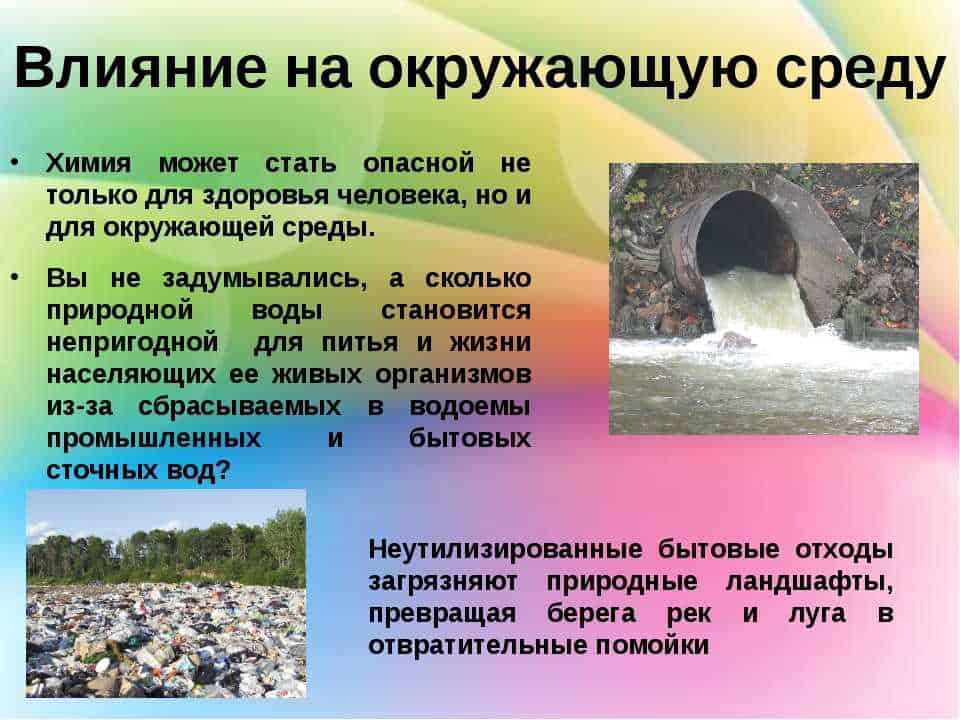
Butterflies are sensitive creatures, and chemical pollution can have serious consequences on their lives. They may be highly vulnerable to exposure to toxic substances that can harm their bodies. This can impair their ability to feed, reproduce and survive in their natural environment.
One of the main effects of environmental pollution on butterflies is loss of habitat. Chemicals can destroy and alter their habitats, such as wooded areas, fields and gardens, where they find food and breeding grounds. Butterflies may be forced to look for new places to live, where they may have difficulty finding suitable conditions for survival.
Another consequence of environmental pollution for butterflies is poisoning. Chemicals such as pesticides and industrial waste can accumulate in butterflies' bodies, causing poisoning and organ dysfunction. This can lead to a decrease in their viability, increased mortality and a decrease in population size.
In addition, environmental pollution can affect the development of butterflies. Chemicals can interfere with the metamorphosis process, which can lead to deformation of the wings and other organs of butterflies. This can reduce their ability to fly, find food, and find breeding partners.
In general, environmental pollution from chemicals poses a serious threat to butterflies. They play an important role in the ecosystem, helping to pollinate plants and providing food for other animals. Therefore, it is necessary to take measures to protect butterflies and preserve their habitats from pollution.
Threat to butterflies
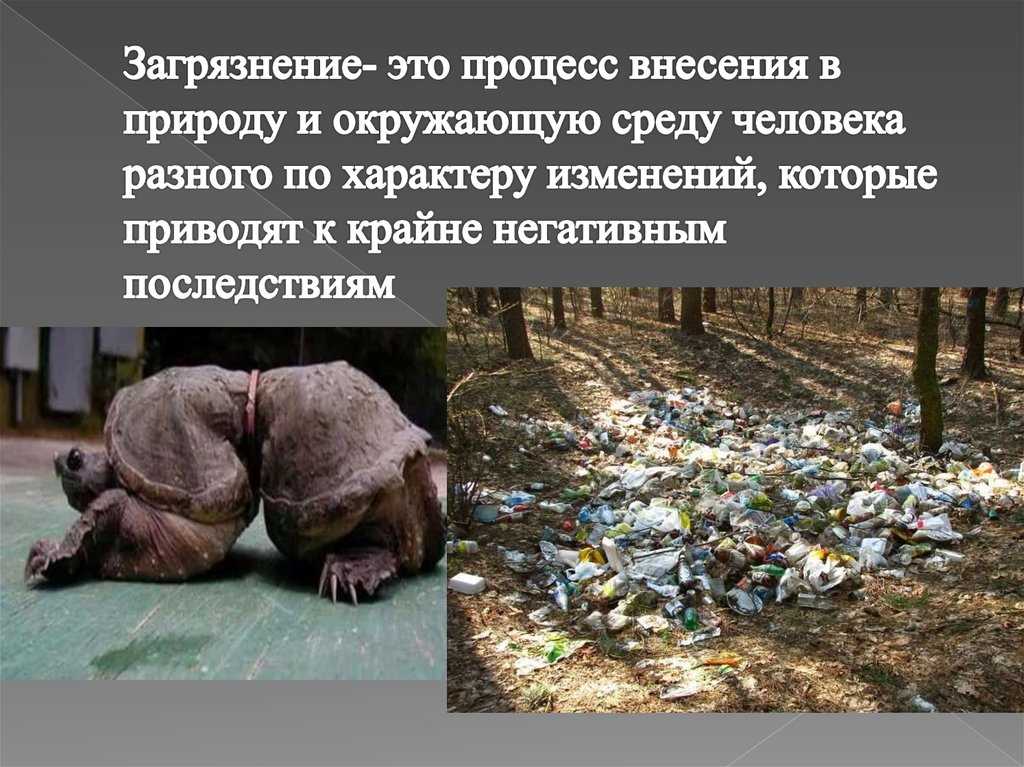
Butterflies are among the most vulnerable creatures in nature and are susceptible to various factors. In particular, environmental pollution from chemicals poses a serious threat to their lives.
One of the main sources of pollution are industrial emissions and agriculture. Chemicals such as pesticides and herbicides end up in the soil and water and then end up in the butterflies' bodies. These substances can cause various side effects, such as impaired growth and development, decreased fertility, and increased mortality.
Butterflies are also affected by air pollution, especially emissions from cars and industries. High levels of air pollution can damage the butterflies' respiratory systems and weaken their immune systems, making them more vulnerable to disease and parasites.
Climate change is also having a negative impact on butterflies. Global warming and changes in precipitation could lead to changes in the habitats and breeding patterns of butterflies, threatening their survival.
Overall, chemical pollution poses a serious threat to butterflies and requires urgent action to protect their lives and habitats.
Effect on reproduction
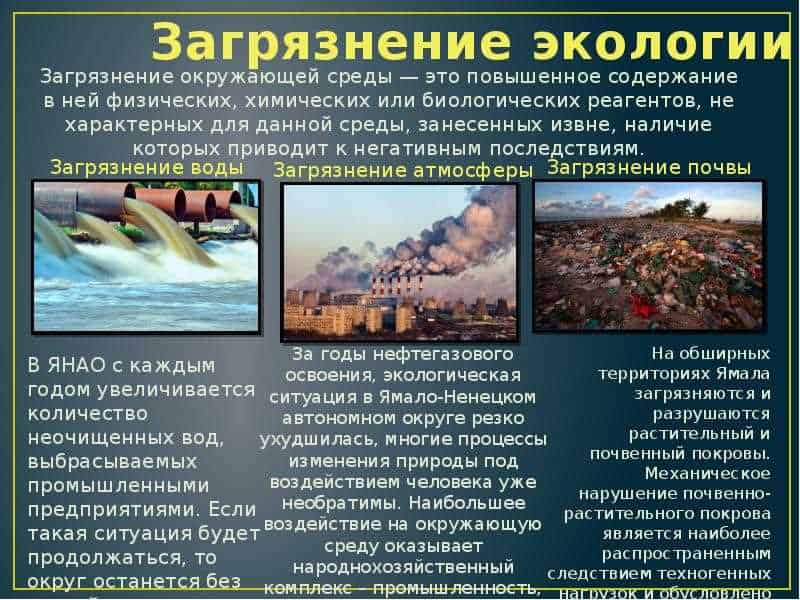
Environmental pollution by chemicals has a serious impact on butterfly reproduction. They may encounter problems in all stages of their development, from egg to adult.
Effect on eggs: Chemicals can reach plants where butterflies lay their eggs. If these substances are absorbed, eggs may die or develop abnormally. This can lead to a decline in the butterfly population due to a lack of new individuals.
Impact on caterpillars: Caterpillars are a major food source for many species of birds and other predators. However, if caterpillars feed on plants contaminated with chemicals, they can become toxic to predators. This could lead to a decline in the numbers of birds and other predators that feed on butterflies and their caterpillars.
Effect on pupae: Butterfly pupae are surrounded by a natural environment that may be contaminated by chemicals. This can affect their development and lead to disruption of the process of transformation into adults. Also, environmental pollution can reduce the survival rate of pupae, which will lead to a decrease in the number of butterflies in general.
Effect on imago: Chemicals entering the body of butterflies can have a toxic effect on their organs and systems. This can lead to decreased survival and lifespan of butterflies. Also, environmental pollution can reduce the fertility of butterflies, which will ultimately lead to a decline in their numbers.
Weakened immune system
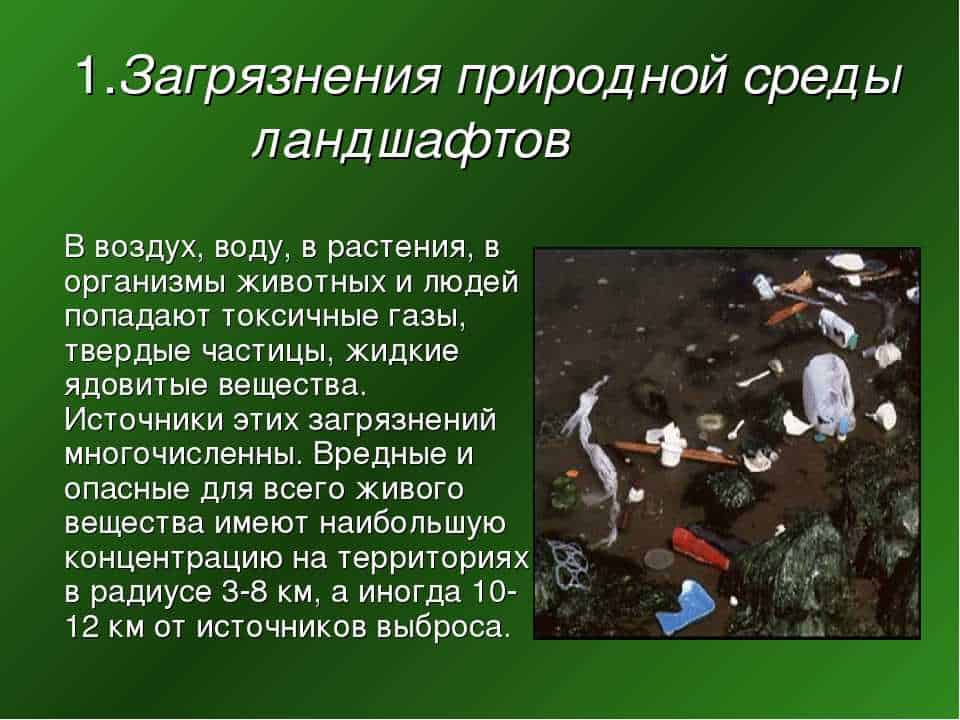
Butterflies are one of the most sensitive organisms to environmental pollution by chemicals. One of the consequences of such pollution is the weakening and suppression of their immune system.
The immune system of butterflies plays an important role in protecting against diseases and parasites. It helps them cope with infections and maintain the health of the body. However, chemicals released into the environment can negatively affect this system, making butterflies more vulnerable to various diseases and infections.
A weakened immune system in butterflies can lead to reduced survival and lifespan. Weaker and more vulnerable butterflies will have more problems reproducing and passing on genetic information to the next generation. This can lead to a decline in the genetic diversity of populations and their ability to adapt to changing environmental conditions.
A weakened immune system in butterflies can also affect their behavior and ecosystem functioning. Butterflies play an important role in plant pollination and also provide food for other animals. If their immune system is weakened, this can lead to a decrease in their numbers and diversity, which can have negative consequences for other organisms and the ecosystem as a whole.
Behavior change
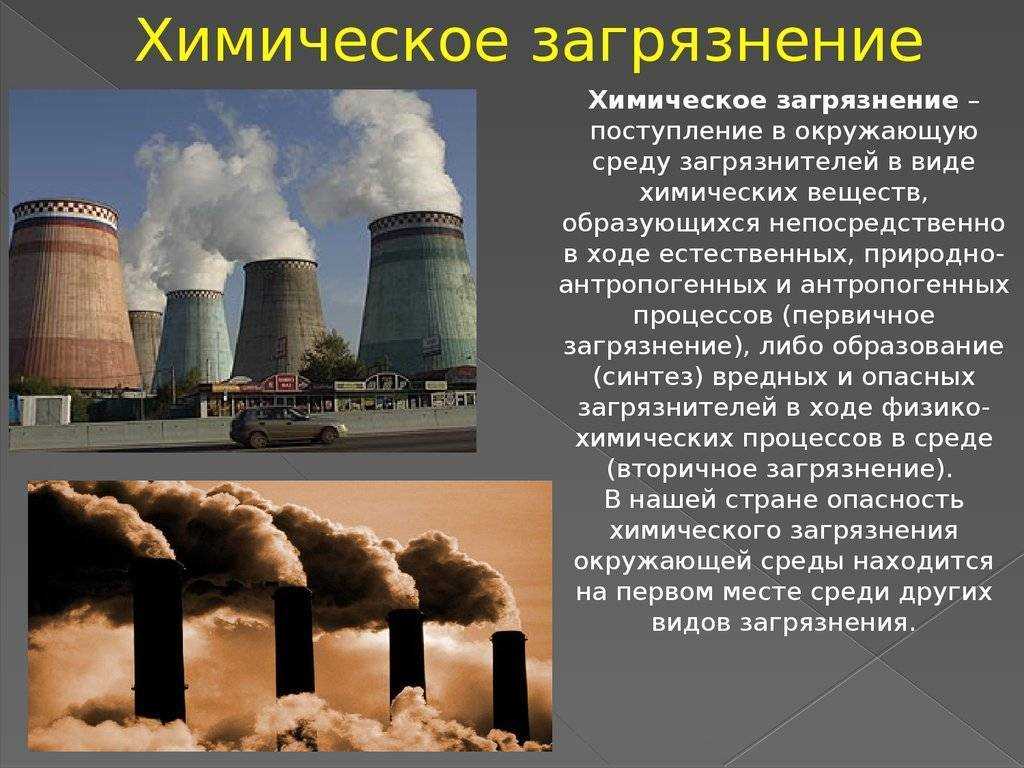
Environmental pollution with chemicals can cause serious changes in the behavior of butterflies. They may become less active and mobile, which significantly reduces their chances of survival. Butterflies, when in a polluted environment, can become more aggressive and more prone to conflicts with other individuals of their species.
Changes in butterfly behavior may also be reflected in their feeding habits. They may refuse certain plants that were previously their main source of food. This can lead to a decline in butterfly populations and negatively impact the ecosystem as a whole.
Butterflies may also change their migration routes due to environmental pollution. Changing the chemical composition of the environment can lead to changes in the scents and smells that butterflies use to navigate and find food. This can cause them to become disoriented and make it difficult for them to find their breeding partners.
Changing butterfly behavior due to environmental pollution is a serious problem that can have long-term consequences for their survival. Measures must be taken to reduce environmental pollution and protect butterflies and other species from the negative effects of chemicals.
Deterioration in food quality

Environmental pollution from chemicals has serious consequences for butterflies and their diet. As a result of chemicals entering soil, plants and water sources, the quality of food for butterflies deteriorates.
Chemical pollutants such as pesticides and industrial waste can accumulate in plants, which provide the butterflies' main source of food in the form of leaves, flowers and nectar. When butterflies feed on contaminated plants, they can ingest these harmful substances, which can negatively impact their health and survival.
In addition, environmental pollution can reduce the amount of food available to butterflies. Due to the use of pesticides and other chemicals in agriculture, many wild plants that provide food for butterflies may be destroyed or severely damaged. This means the butterflies may be deprived of their main source of food and face starvation.
Thus, deterioration in the quality of food for butterflies due to environmental pollution by chemicals poses a serious threat to their lives and survival. This can lead to declines in butterfly populations and disruption of ecosystem interactions in which they play an important role.
Population decline

Environmental pollution by chemicals is a serious threat to butterflies and can lead to a decline in their population numbers. This occurs due to various reasons related to the effects of toxic substances on butterflies.
First, environmental pollution can lead to the destruction or alteration of butterflies' natural habitats, such as meadows, forests or bodies of water. This can lead to loss of food resources and breeding conditions, which negatively affects population numbers.
Secondly, some chemicals can directly affect the development and survival of butterflies. For example, certain pesticides can cause wing deformities or internal organ dysfunction in caterpillars and puppets. This leads to decreased survival and increased mortality in the butterfly population.
Also, environmental pollution can cause changes in the behavior and physiology of butterflies. For example, some chemicals can affect the ability of butterflies to navigate in space and find food or breeding partners. This leads to decreased efficiency in finding food and mates, which ultimately affects population numbers.
Overall, chemical pollution has many negative effects on butterflies, including population decline. To conserve these beautiful insects, measures must be taken to limit environmental pollution and use safe alternative pest control methods.


